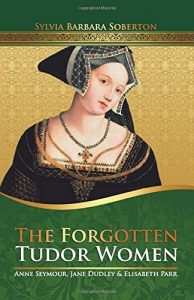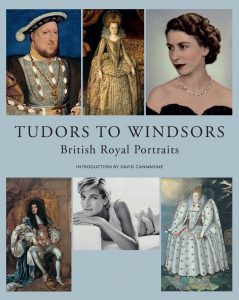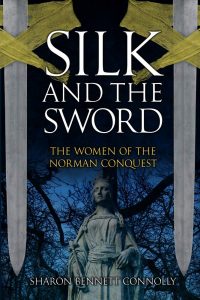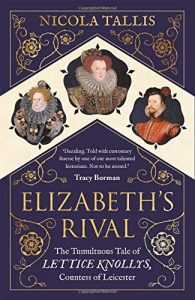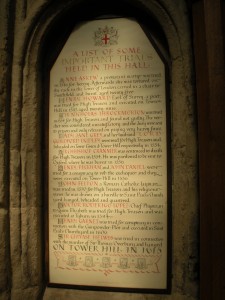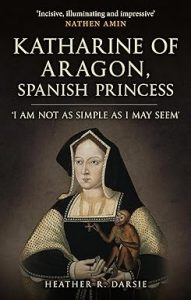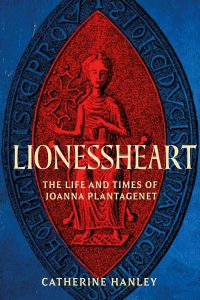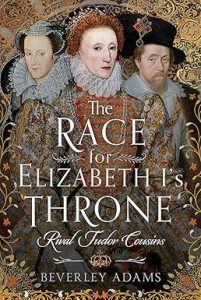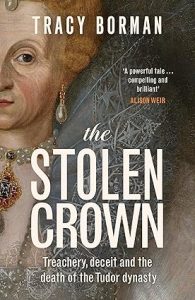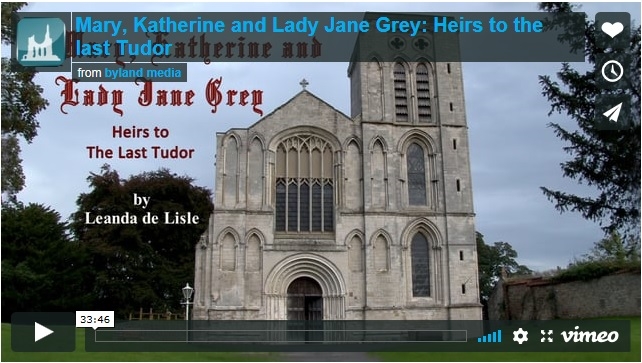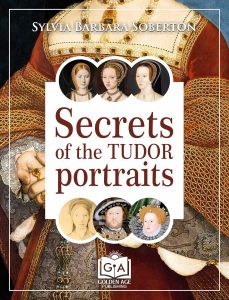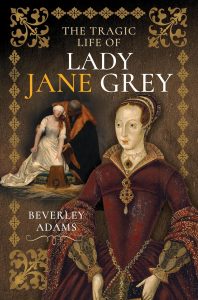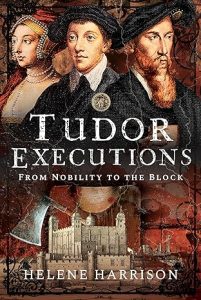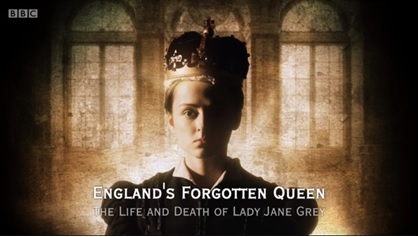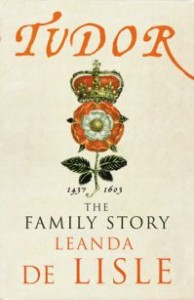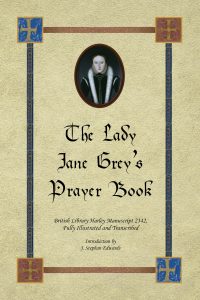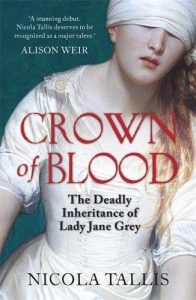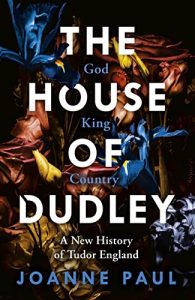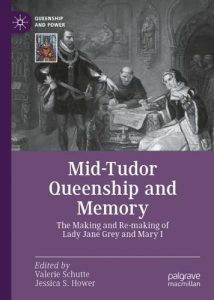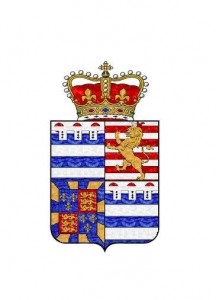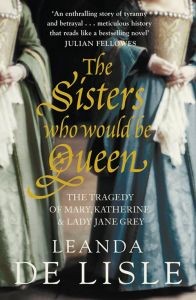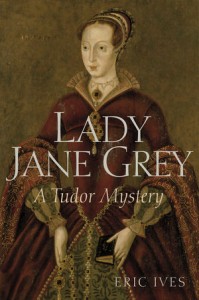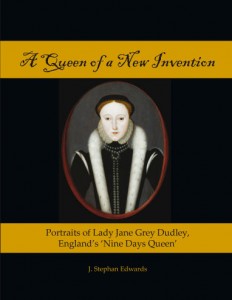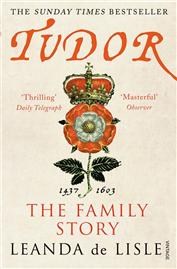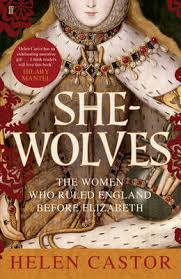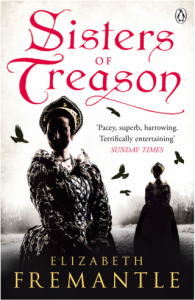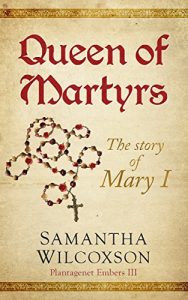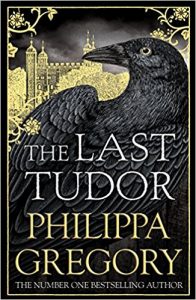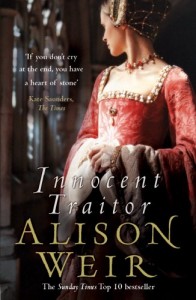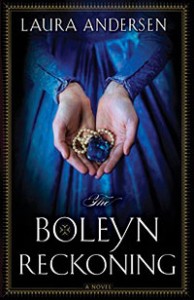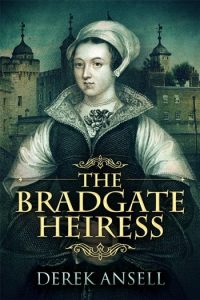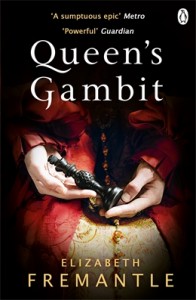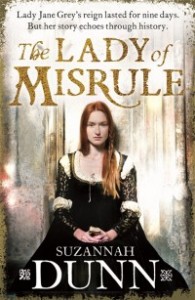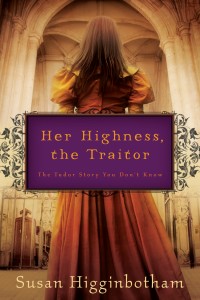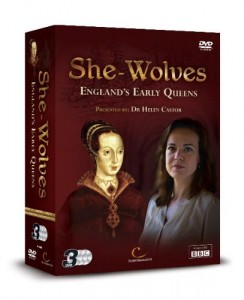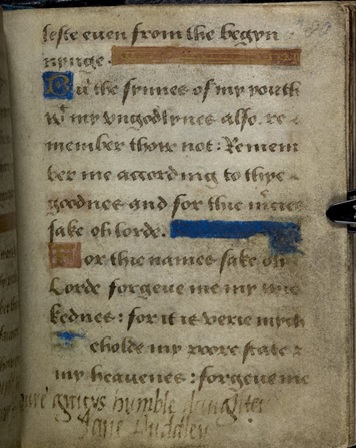Sylvia Soberton is the author of ‘The Forgotten Women: Anne Seymour, Jane Dudley and Elisabeth Parr’ and ‘Great Ladies: The Forgotten Witnesses to the Lives of Tudor Queens’, ‘Golden Age Ladies: Women Who Shaped the Courts of Henry VIII and Francis I’, ‘The Forgotten Tudor Women: Margaret Douglas, Mary Howard & Mary Shelton.’
To buy ‘The Forgotten Tudor Women’:
Follow Sylvia on Social Media:
Twitter: @SylviaBSo
Facebook: The Forgotten Tudor Women
Many thanks to Sylvia for answering my questions.
Why did you choose this subject for your book?
There are books about Henry VIII’s wives, daughters and mistresses, yet there is no book about women who were very important figures in terms of the political and social story of the Tudor period. I wrote my first book from The Forgotten Tudor Women series in 2015, and it was an instant hit, and I knew then that I wanted to tell the stories of other forgotten Tudor women who are merely footnotes in history.
What does your book add to previous works covering these women?
When I picked these three women – Anne Seymour, Jane Dudley and Elisabeth Parr – there were no biographies of them. They always appear in books about Tudor history but mostly as wives of the important men. I wanted to shine a light on these women’s lives.
Who was the easiest to write about?
Anne Seymour! I’ve been fascinated with her for a long time. When I started researching her life, I was surprised how much is known about her. To think that no one has ever written a biography of Anne was surprising to me because the wealth of material – both printed and archival – is truly overwhelming.
What surprised you most researching this book?
I was truly surprised to learn that Elizabeth I shared such a close relationship with Elisabeth Parr. The two were related, being third cousins, and had the same great-great-grandfather, Geoffrey Boleyn. Elisabeth’s mother, Anne Brooke, Baroness Cobham, served as Anne Boleyn’s lady-in-waiting and may have been the “Nan Cobham” who testified against the Queen in 1536. I find it interesting that Queen Elizabeth befriended the daughter of one of her mother’s “first accusers”. I think Elisabeth knew a lot about Anne Boleyn’s life from her own mother and passed that knowledge on to Elizabeth.
Why do you think Anne Seymour has such a poor reputation?
There are many reasons. I think it’s because she was very close with her husband, and he appears to have listened to her advice. Edward Seymour rose to prominence when he became Lord Protector and Duke of Somerset in 1547. He quickly became unpopular with his fellow councillors because he adopted the royal “we” and didn’t follow their advice. He was the power behind Edward VI’s throne, and many of his decisions were unpopular. Anne was seen as Edward’s advisor, and so she was blamed for many of his decisions. Apart from that, Anne appears to have been a woman of blunt opinions who reveled in her position as Duchess of Somerset. She was also very proud and wasn’t afraid to offend anyone.
And there’s also the TV series The Tudors that casts Anne Seymour in the role of an adulterous femme fatale who sleeps around and gives birth to the child fathered by her brother-in-law Thomas. Let me just say that this depiction is not rooted in fact – the Anne Seymour from The Tudors is an amalgamation of two historical women, the real Anne and Edward Seymour’s first wife, Katherine Fillol, who was rumoured to have committed adultery.
What role did Jane Dudley play in restoring her family’s fortunes after the overthrow of Queen Jane?
Jane and John Dudley were a harmonious, loving couple. They loved their children very much, and I believe that Jane truly feared that she might lose her family after Jane Grey’s downfall. Not only was Jane’s husband taken to the Tower, but her sons also. She knew Mary Tudor was inclined to show mercy, so as soon as Jane was released from prison she went to see the Queen. But Mary refused to receive her because she hated John Dudley and planned to execute him for his role in placing Jane Grey on the throne. Jane Dudley moved her contacts at court, begging Queen Mary’s ladies-in-waiting to intercede with the Queen on her family’s behalf. John Dudley was executed on 22 August 1553, but Jane still had sons whose lives she believed were endangered.
Unfortunately, Queen Mary executed Jane Grey and Guildford Dudley, Jane’s son, after Wyatt’s rebellion. Still, Jane fought on. She established contacts with the Spanish grandees who came to England in the entourage of Mary’s husband, Philip, and they helped her out. Jane’s sons – John the younger, Robert, Ambrose and Henry – were released. Unfortunately another tragedy struck when John the younger died in October 1554. But still Jane managed to save her sons from the executioner’s axe. She died soon afterwards. She truly fought to save her husband and sons, and I think that was very courageous.
Elisabeth Parr was connected to some of the most famous courtiers to Henry VIII, Edward VI and Elizabeth I. Why is she not more well known?
I think it’s because her husband was not as prominent a political figure as Edward Seymour or John Dudley. Also, little is known about Elisabeth – considerably less than about Anne Seymour, for instance. But although she is mostly unknown to people today, she was an influential courtier. She was related to Queen Elizabeth – they were third cousins – and was her intimate friend and confidante until her death from breast cancer in 1565.
How do you think Anne Seymour was able to escape Elizabeth I’s anger over the marriage of her son to Katherine Grey?
That’s the thing – Elizabeth hated Anne’s son, the Earl of Hertford, and even more so his wife, Katherine Grey. Their secret marriage enraged her, and she never gave her full forgiveness to either of them. Katherine died under house arrest, probably starving herself to death, while Hertford was eventually released but struggled to maintain a good relationship with Elizabeth. Anne made efforts to help the young couple so that they could live together with their sons as a family, and in 1565 she petitioned Elizabeth directly. Elizabeth is known as the Virgin Queen, but at the time many expected she would eventually marry, and Anne wrote – quite boldly – that she wished that God would make Elizabeth “mother of some sweet prince to the end your Majesty might the better conceive what a mother’s cares and affection can mean”. Over the years, Anne petitioned William Cecil and even contacted Katherine Grey.
It’s a miracle that Elizabeth showed such a liking for Anne Seymour, considering that Anne played a role during Anne Boleyn’s downfall (she chaperoned Jane Seymour during her meetings with Henry VIII). Ultimately, I believe that Elizabeth and Anne had similar characters, and Anne was probably kind to Elizabeth during the reign of Edward VI and Mary I. Elizabeth had no reason to punish Anne, who played no role in her son’s secret marriage to Katherine Grey; she even tried to dissuade him from marrying her.

